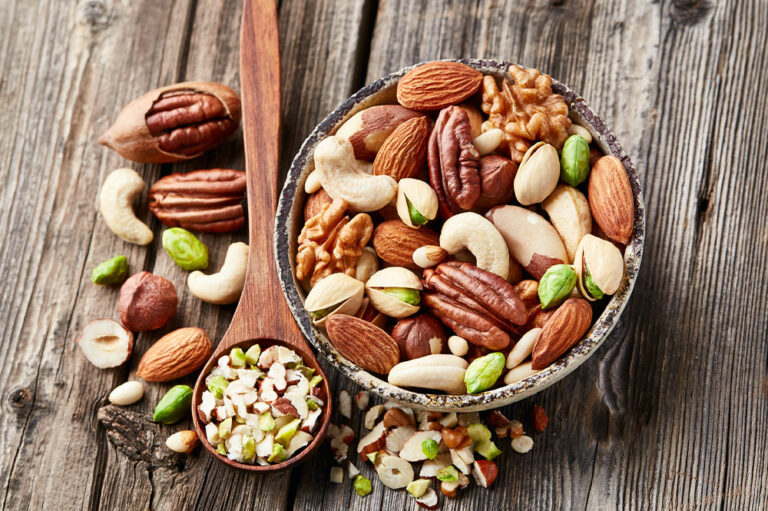
Health
7 Indicators of Excess Sugar Intake
The pandemic has led to an uptick in diabetes cases, as the low-grade inflammation triggered by the virus can worsen existing diabetes by tampering with insulin resistance. Certain research indicates that the virus can replicate within pancreatic beta-cells responsible for insulin production, hampering both synthesis and secretion. While the general health risks associated with excessive sugar consumption are well-known, this highlights the need to understand the seven warning signs of excessive sugar intake listed below. Sugar cravings If you have intense cravings for sweet foods and drinks, like candy, donuts, and soda, it may be a sign of consuming too much sugar. When we eat a lot of sugar, our bodies become used to getting a regular dose of it and start craving more. But giving in to the temptation can create a vicious cycle that leads to further cravings. While saying “no” to sweets can be challenging initially, it provides a range of health benefits in the long term. Trouble sleeping If you have difficulty falling or staying asleep, it could be because you’re adding too much sugar to your meals. Excess sugar can cause blood sugar spikes, leading to difficulty sleeping. It can also disrupt your circadian rhythm, the body’s natural process that regulates your sleep cycle.
Read More 









